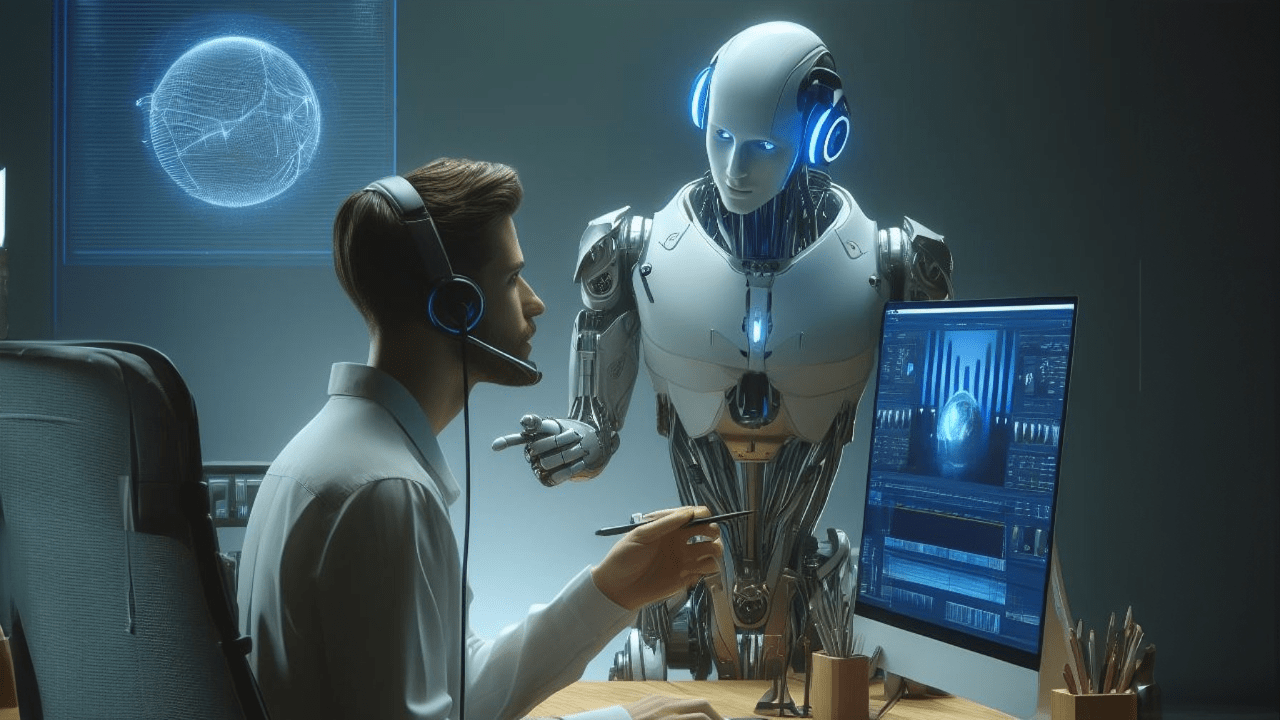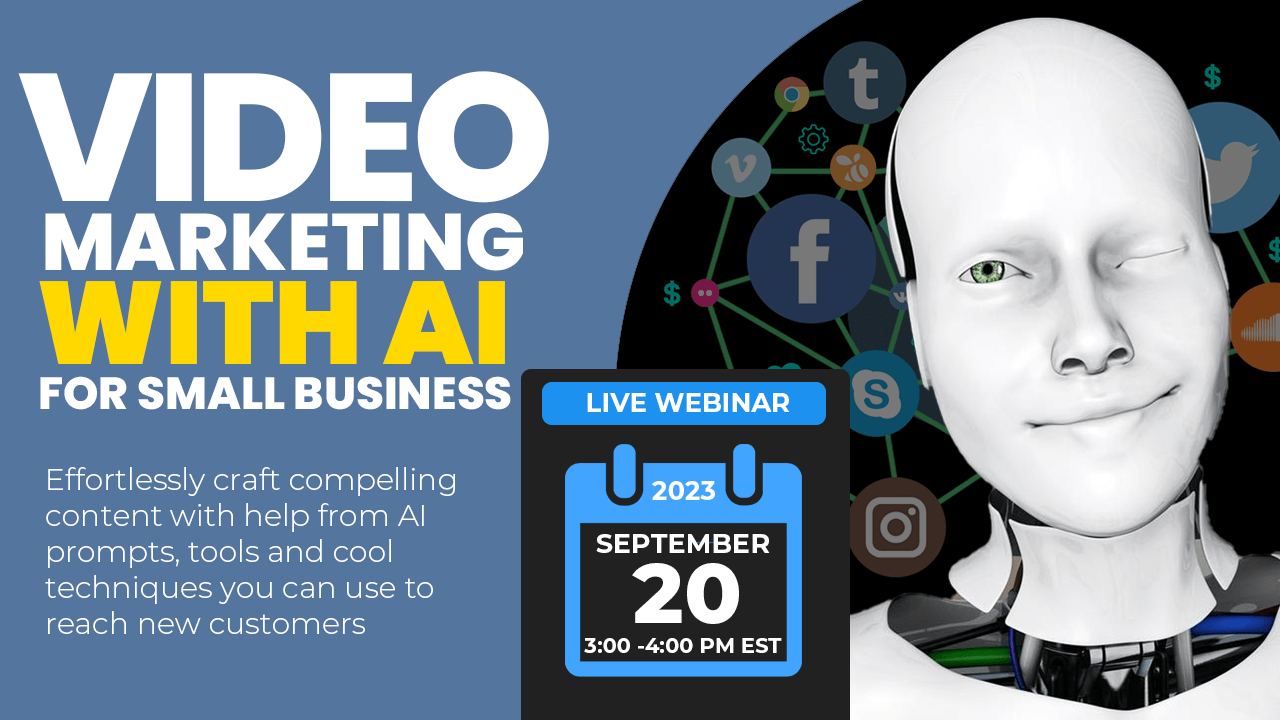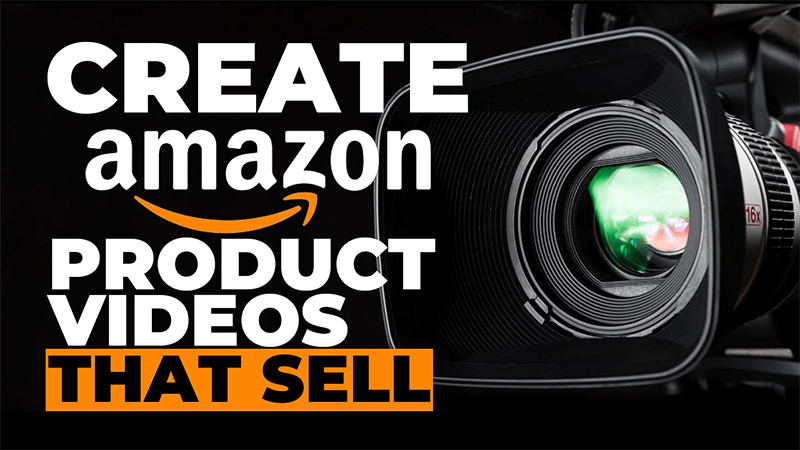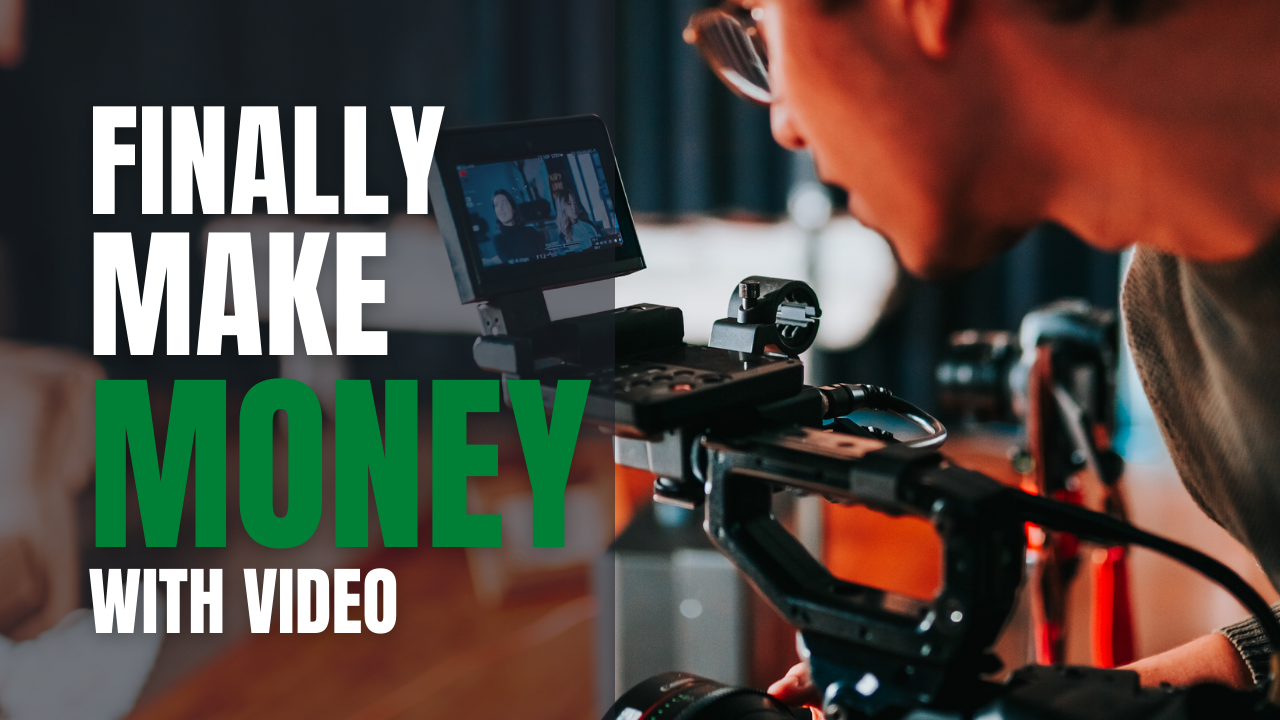A friendly showdown between two giants is about to take place: authentic editing and AI-enhanced editing.
Each contender brings its own set of superpowers to the table, transforming how we craft and experience stories.
As we look deeper into this epic face-off, it’s important to appreciate what each style means for the magic behind storytelling and how they connect with our audiences.
Here are some of the unique strengths and hurdles each player faces in the quest to win over creators and viewers alike!
Authentic Editing: The Human Touch
Authentic editing is characterized by a human editor’s intentional decisions, aiming to preserve the genuine essence of the footage and the narrative. This method relies on the editor’s skill, intuition, and creativity to craft a story that resonates on a personal level with the audience. Authentic editing focuses on storytelling, emotional depth, and the subtle nuances that only a human can perceive and emphasize.
Advantages:
- Emotional Nuance: Human editors can capture and amplify the emotional subtleties within content, crafting stories that deeply resonate with viewers.
- Creative Intuition: Authentic editing leverages the editor’s creative vision and understanding of narrative flow, resulting in unique and compelling content.
- Audience Connection: Content created with a human touch often fosters a stronger connection with the audience, as it reflects genuine human experiences and emotions.
Challenges:
- Time and Resource Intensive: Authentic editing can be more time-consuming and labor-intensive, requiring skilled editors to meticulously craft the narrative.
- Consistency: Maintaining a consistent quality and style can be challenging, especially for creators who handle every aspect of production.
AI-Enhanced Editing: Efficiency and Innovation
AI-enhanced editing utilizes machine learning and algorithms to automate various aspects of the editing process. From basic cuts to color correction and even creating entire videos from text prompts, AI editing tools are designed to streamline content creation, making it more accessible and efficient.
Advantages:
- Efficiency: AI can significantly reduce the time and effort required for editing, automating repetitive tasks and even suggesting creative adjustments.
- Accessibility: AI tools democratize video editing, enabling creators with limited editing skills or resources to produce polished content.
- Scalability: With AI, creators can scale their content production, potentially increasing output without compromising quality.
Challenges:
- Lack of Emotional Depth: While AI can produce technically proficient edits, it may struggle to capture the emotional nuance and storytelling subtleties that human editors provide.
- Creativity Limitations: AI operates within the constraints of its programming and data inputs, which can limit the creative possibilities compared to a human’s intuitive editing process.
- Ethical Considerations: The use of AI in content creation raises questions about authenticity, originality, and the potential for deepfakes and misinformation.
Navigating the Future
The choice between authentic editing and AI-enhanced editing doesn’t have to be binary. A hybrid approach, leveraging the efficiency and capabilities of AI while infusing the content with the irreplaceable human touch of authentic editing, might offer the best of both worlds. This balanced methodology could lead to content that is both emotionally resonant and produced with the efficiency required in today’s fast-paced digital environment.
As technology continues to advance, the dialogue between authentic human creativity and AI’s potential will shape the future of content creation. Embracing both approaches with mindfulness and intentionality will enable creators to tell stories that are not only engaging and innovative but also deeply human.






